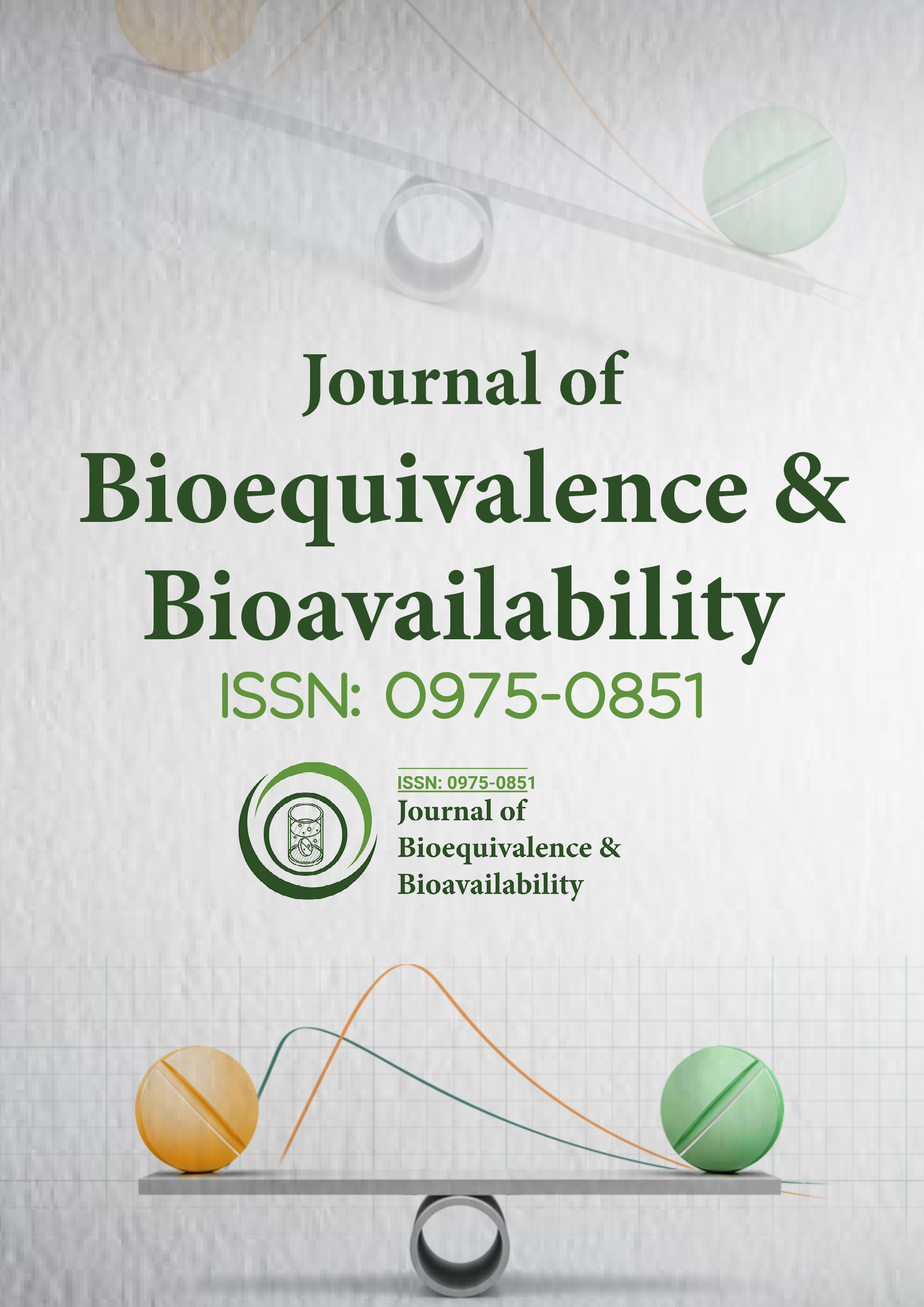Indexado em
- Banco de Dados de Periódicos Acadêmicos
- Abra o Portão J
- Genamics JournalSeek
- Chaves Acadêmicas
- JournalTOCs
- Infraestrutura Nacional de Conhecimento da China (CNKI)
- CiteFactor
- Scimago
- Diretório de Periódicos de Ulrich
- Biblioteca de periódicos eletrônicos
- RefSeek
- Universidade de Hamdard
- EBSCO AZ
- OCLC- WorldCat
- Catálogo online SWB
- Biblioteca Virtual de Biologia (vifabio)
- publons
- MIAR
- Comissão de Bolsas Universitárias
- Fundação de Genebra para Educação e Pesquisa Médica
- Euro Pub
- Google Scholar
Links Úteis
Compartilhe esta página
Folheto de jornal

Periódicos de Acesso Aberto
- Agro e Aquicultura
- Alimentos e Nutrição
- Bioinformática e Biologia de Sistemas
- Bioquímica
- Ciência de materiais
- Ciencias ambientais
- Ciências Clínicas
- Ciências Farmacêuticas
- Ciências gerais
- Ciências Médicas
- Cuidados de enfermagem e saúde
- Engenharia
- Genética e Biologia Molecular
- Gestão de negócios
- Imunologia e Microbiologia
- Neurociência e Psicologia
- Química
Abstrato
Índice de eletrofilicidade molecular - Um descritor promissor para prever propriedades toxicológicas
Shalini, Tandon H e Chakraborty T
Para definir uma reação química, as interações entre eletrófilos e nucleófilos têm importância primordial. A transferência de carga entre eletrófilos e nucleófilos fornece uma visão para explicar o comportamento químico. Esse tipo de comportamento é geralmente explicado em termos de descritores de reatividade, a saber, índice de eletrofilicidade, dureza global etc. No presente relatório, tentamos definir o índice de eletrofilicidade no modelo de força. Embora vários cientistas já tenham definido o índice de eletrofilicidade na unidade de energia, a definição do índice de eletrofilicidade no modelo de força ainda precisa ser explorada. Calculamos o índice de eletrofilicidade atômico na unidade de força invocando o seguinte ansatz:
ω=χ2/2η
Onde a eletronegatividade (χ) e a dureza global (η) são definidas em unidade de força. Nossos dados atômicos exibem todas as condições sine qua non das propriedades periódicas. Em segundo lugar, foi feita uma tentativa de estabelecer o princípio de equalização da eletrofilicidade e calcular o índice de eletrofilicidade molecular por meio do princípio de equalização da média geométrica. Finalmente, tentamos correlacionar propriedades toxicológicas experimentais em termos do nosso índice de eletrofilicidade molecular calculado. 252 moléculas orgânicas com toxicidade diversa foram modeladas invocando nosso índice de eletrofilicidade molecular. Uma concordância próxima entre a toxicidade experimental e nossos dados previstos transparece a eficácia do nosso modelo.